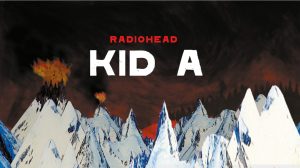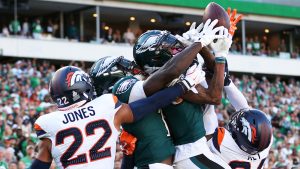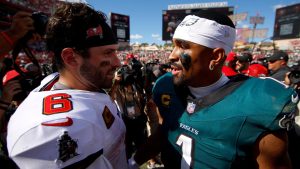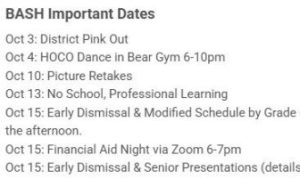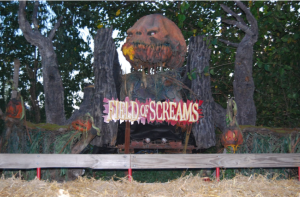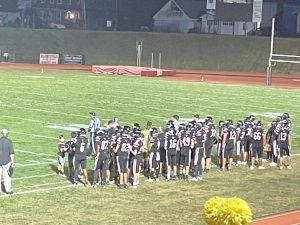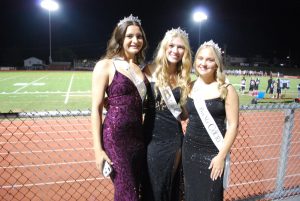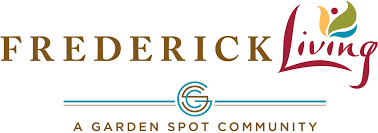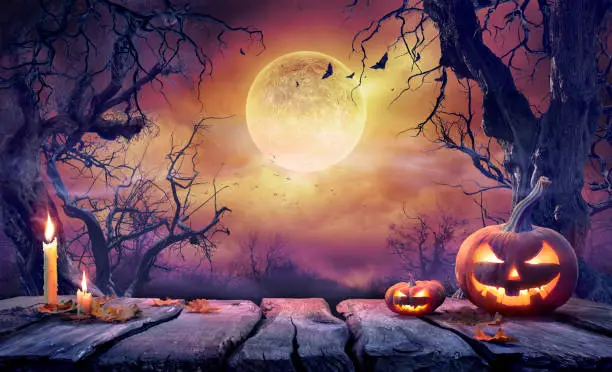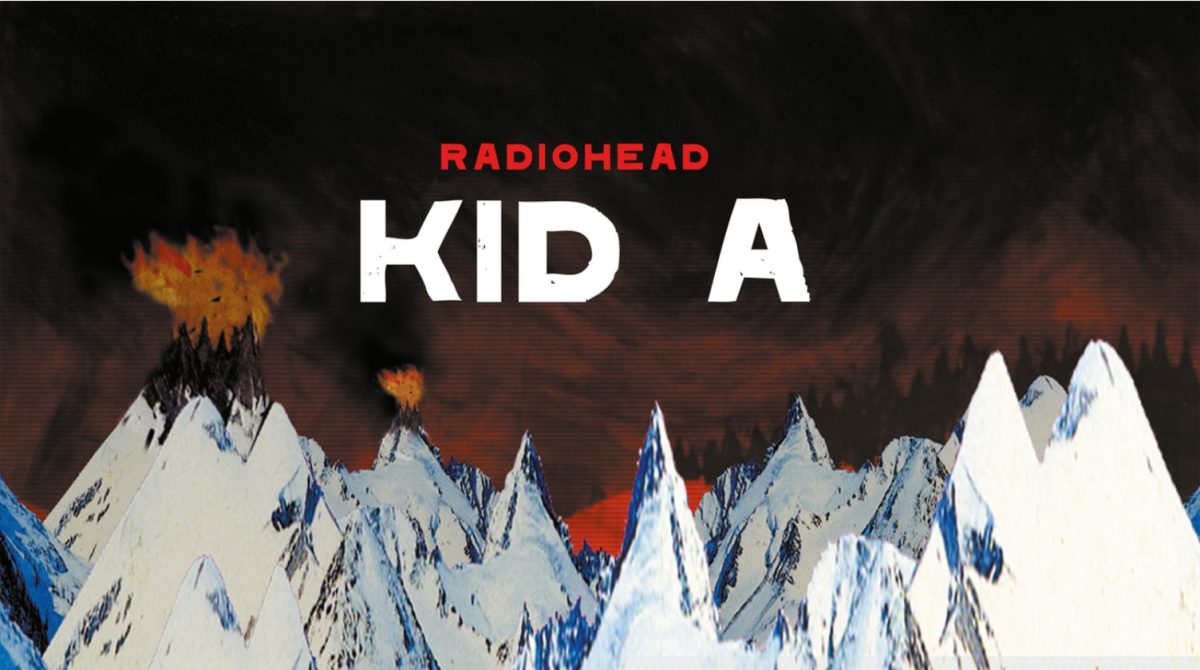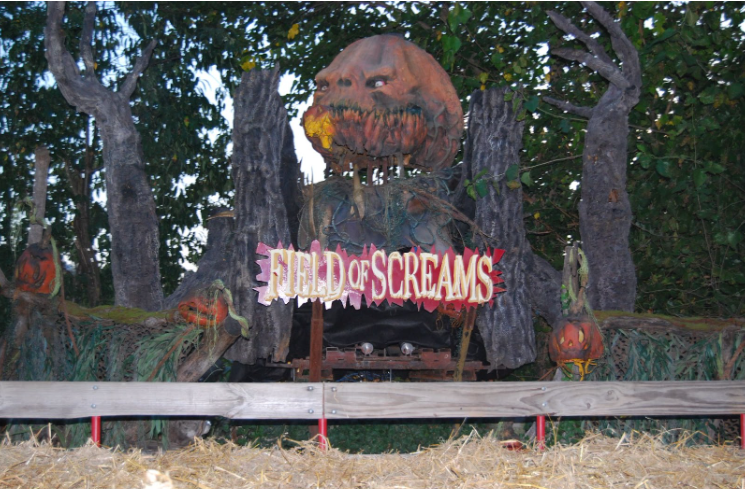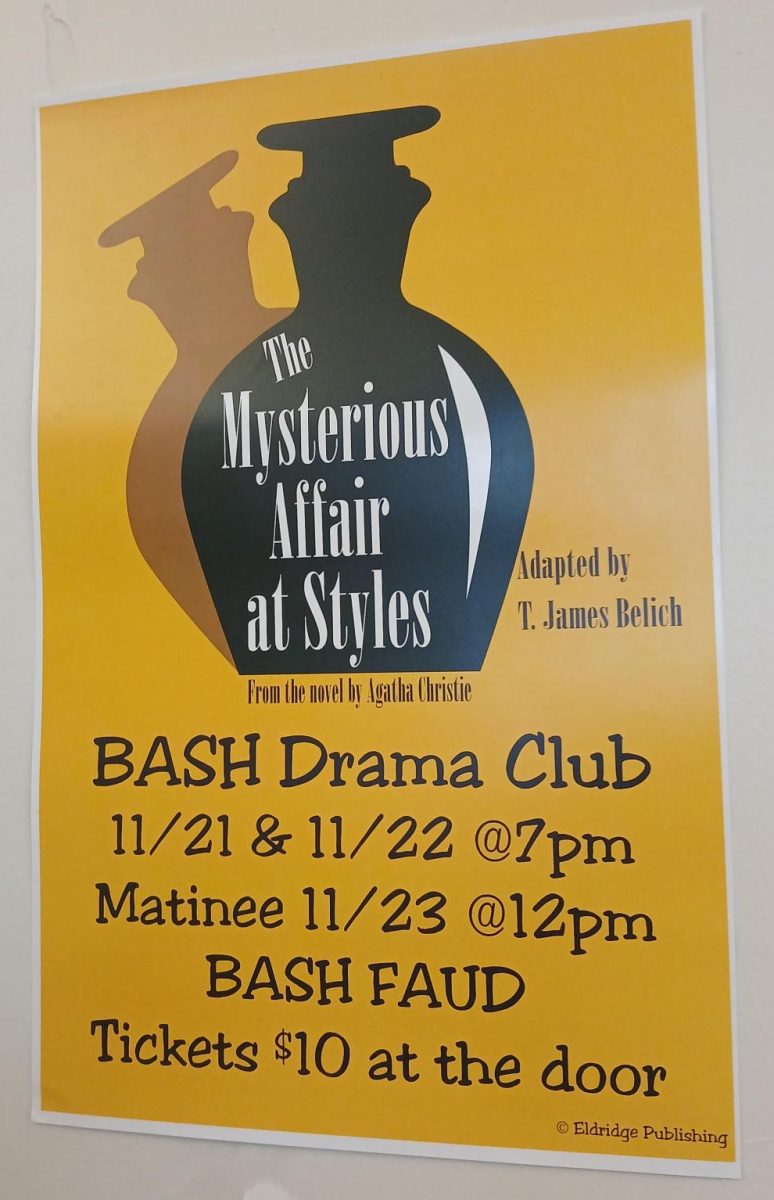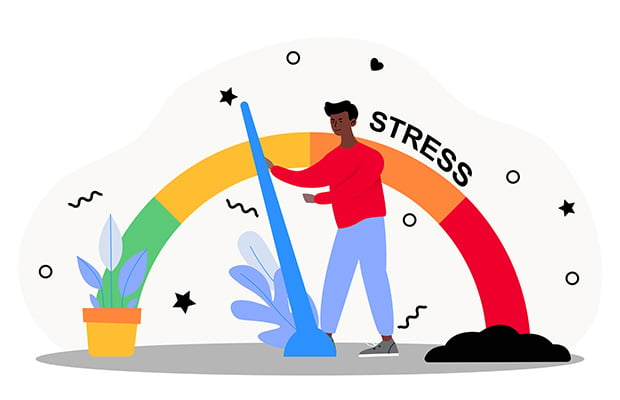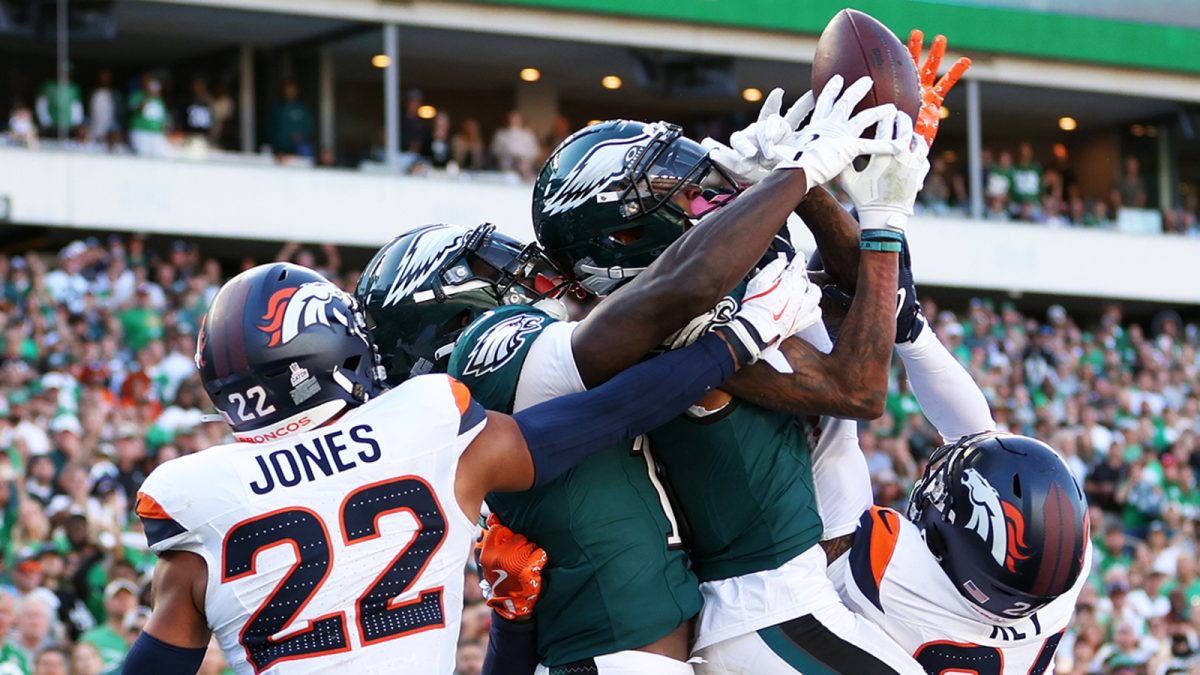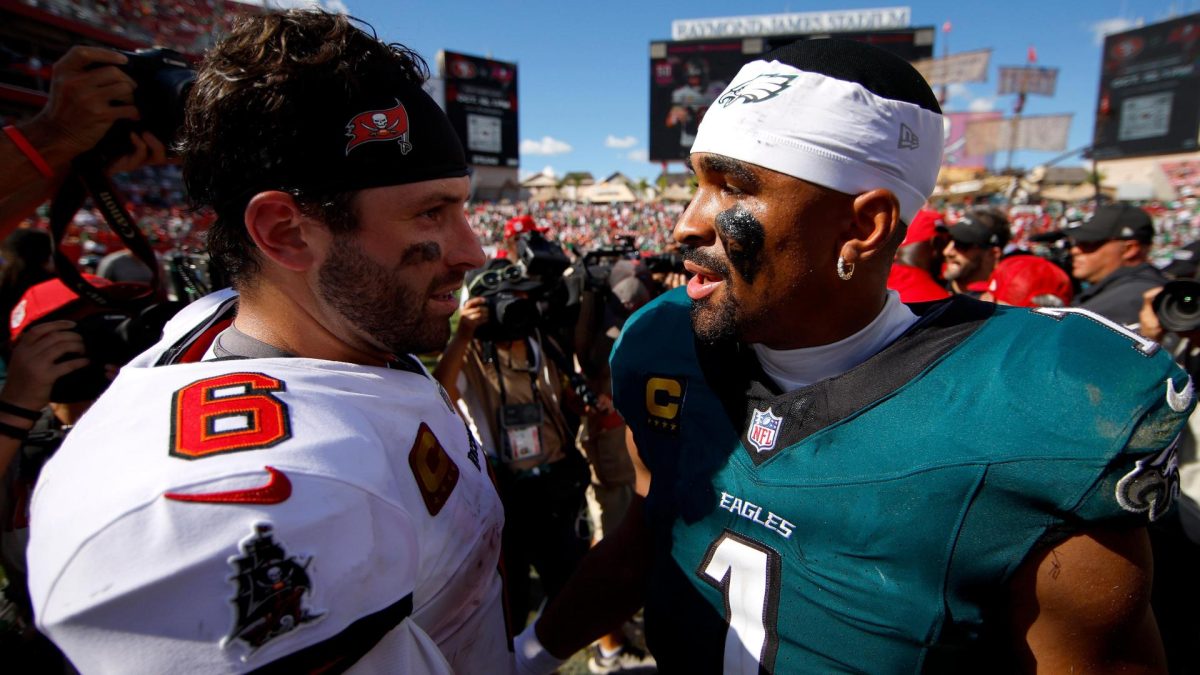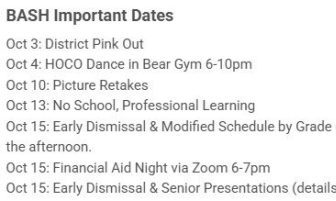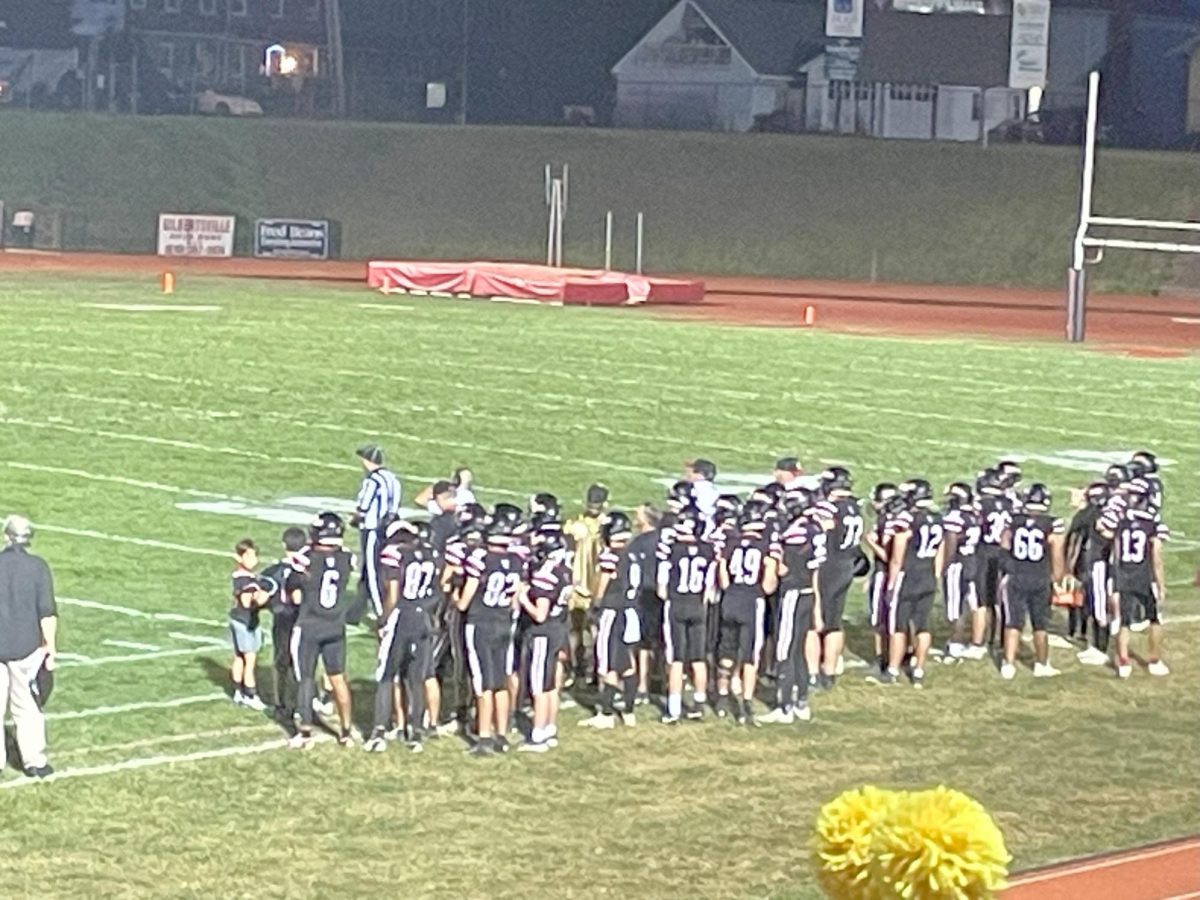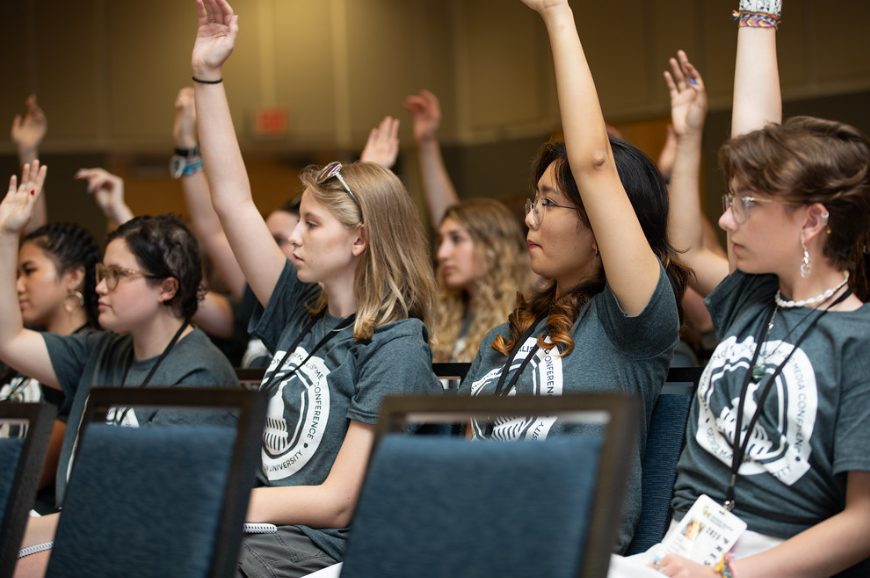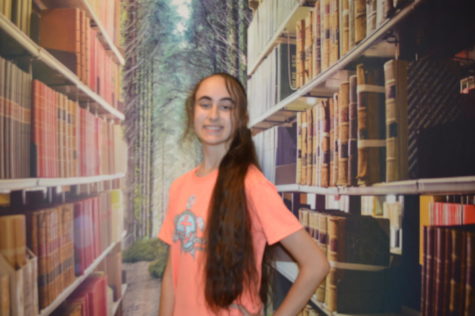Halloween is on the way, and although many people love this spooky holiday, not many know why we celebrate it or how it came to be.
The tradition of Halloween dates back to the Celtic festival known as Samhain. During this festival, people would wear costumes and light bonfires to ward off spirits. It was celebrated on October 31, which was the day before their new year, marking the end of summer and the beginning of a long, cold winter. The Celts believed that before the new year arrived, the line between the living and the dead blurred, allowing ghosts to wander among the living.
To honor the event, Druids, or Celtic priests, built sacred bonfires. People would gather to offer gifts to the Celtic gods while they wore their costumes, which were usually made of animal skins. After the celebration, the people would reignite the hearth fires that they had extinguished earlier. They’d re-light the fires by using the sacred bonfires, which protected them during the winter.
In 43 A.D., the Roman Empire conquered a majority of the Celtic land. They ruled the Celtic land for about 400 years, and in that time two Roman festivals combined with Samhain. One of the festivals, Feralia, was a day where Romans celebrated the passing of the dead, which was held in late October. The second festival was a day to honor the Roman goddess of fruit and trees, Pomona. Christianity slowly spread into the Celtic lands, which blended with older Celtic beliefs.
In 1000 A.D., the church had made All Souls’ Day, which was held on November 2 as a commemoration of the dead. All Saints’ Day was celebrated the day before and was commonly referred to as All-hallows or All-hallowmas. The night before All-hallows was the Celtic festival, which began to be called All Hallows Eve, later turning into Halloween.
When the Halloween tradition came to America, it was limited to Maryland and southern colonies. The beliefs of different European groups and Native Americans meshed, creating an American version of Halloween. Earlier celebrations were held to celebrate the harvest and would have people share stories of the dead, tell fortunes, dance, and sing. By the mid-1800s, Halloween was still not celebrated everywhere in the country, but fall festivities were common. In years to follow, Halloween became more popularized, creating the Halloween everyone knows today.
